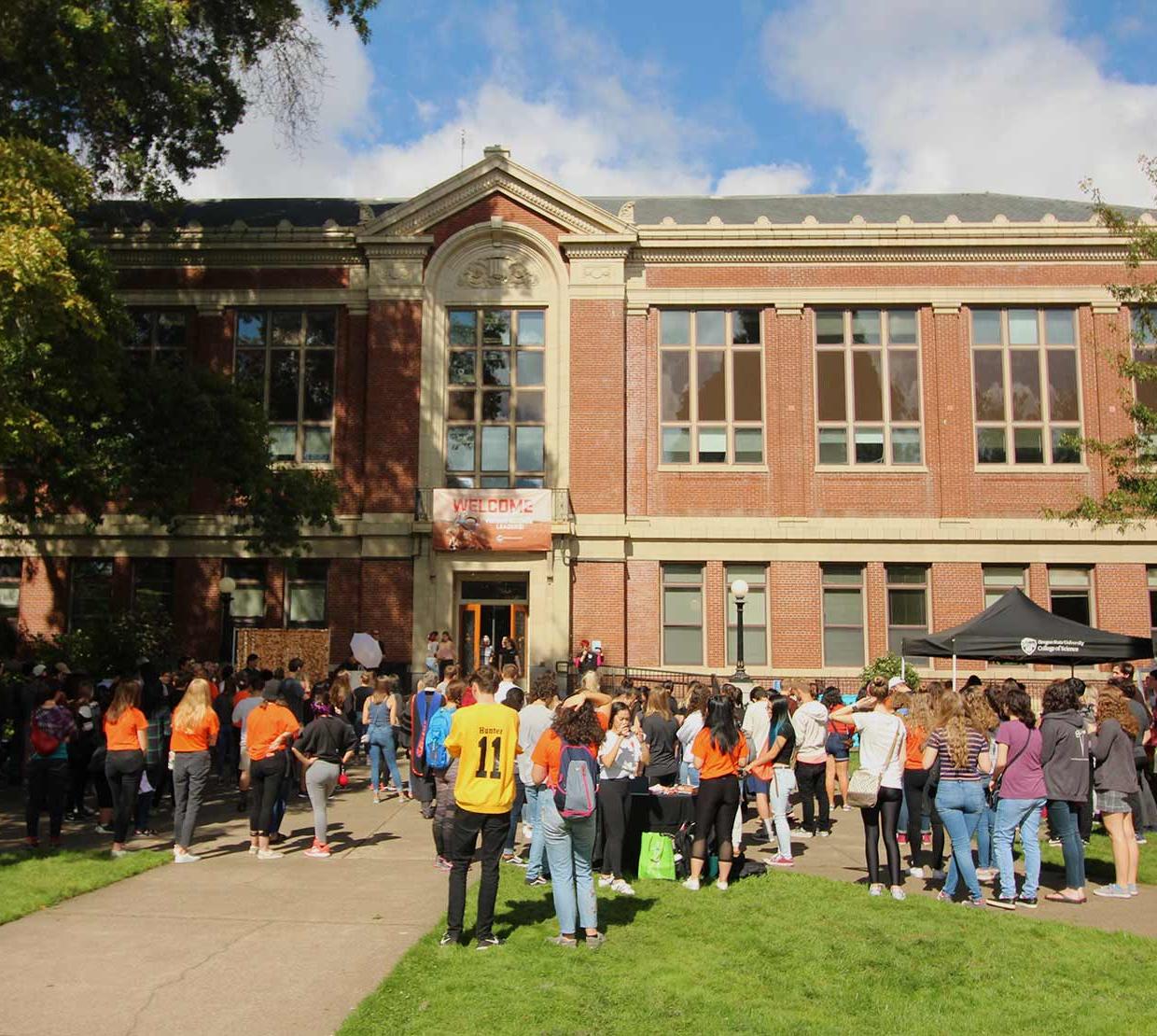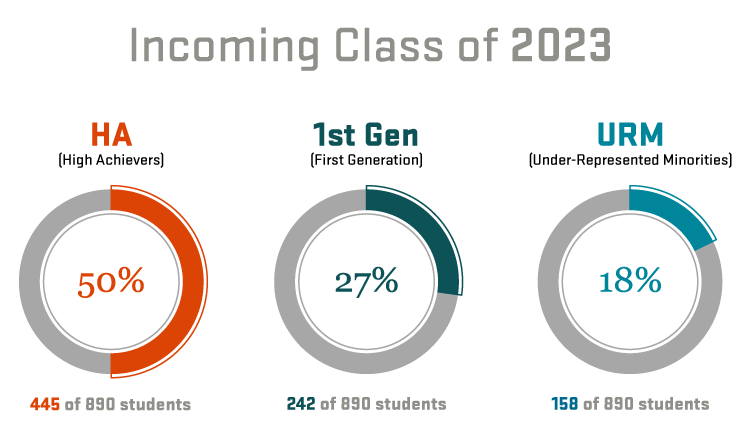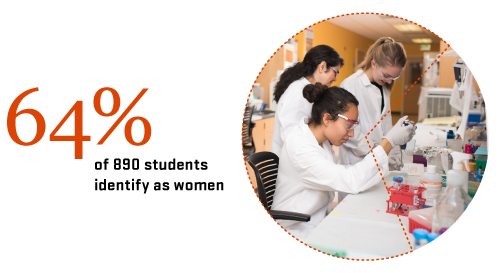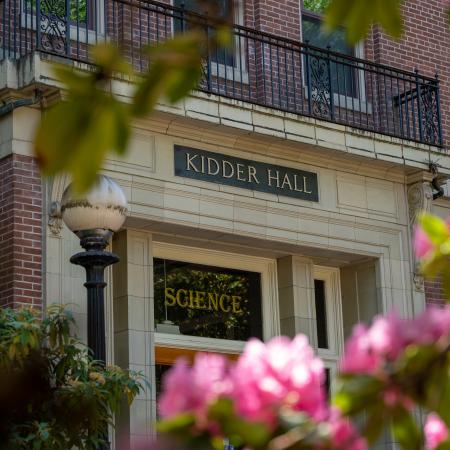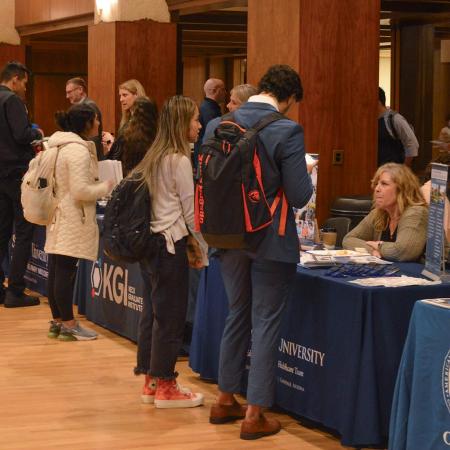This fall, the College of Science welcomed 748 new first-year students, an increase of about 3% from fall 2018. Twenty-seven percent, or 242 first-year students, indicated they are first in their family to attend college, a 25% increase from last year; about 18% are underrepresented minorities.
Home to 3,145 undergraduate students, the College continues to attract the most high-achieving students at Oregon State University. Fifty percent of the incoming class are high achieving students, those who enter OSU with a high school GPA of 3.75 and above.
This fall, the College of Science welcomes 161 transfer students, 52% of whom are juniors and seniors. Roughly 22% of transfer students had a GPA of 3.75 or above, and 36% indicated they are first in their family to attend college. About 21% are underrepresented minorities.
“I am eager to welcome the class of 2023 to the College of Science. I encourage students to take make the most of their time here and get involved in the many opportunities to expand their personal, professional and intellectual perspectives through in science,” said Roy Haggerty, dean of the College of Science.
Here’s what our class of 2023 looks like:
- 64% Female
- 36 % Male
- 27 % 1st generation
- 18% Underrepresented minority students
